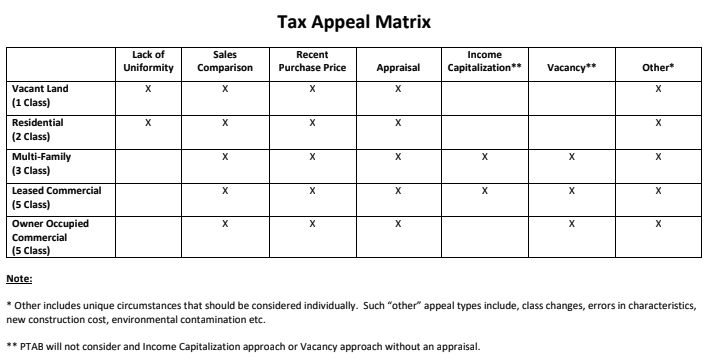The Cook County assessment system for income-producing property runs on the logic of the income cap strata.Subclass dictates vacancy percentages and cap rates. Tax district codes dictate expense percentages.
By applying the tax estimation formulas of both the Assessor and the Board of Review, we can calculate taxes, measure the gap between them, and back into the operating expense percentage applied per property. This is where hidden NNN leases begin to surface.
Macro-analysis, powered by data science, is often a process of navigating ambiguity. The information is incomplete, the leases are not labeled, and the operating expense percentages often come pre-filled from opaque sources. To make sense of it, you work through messy data until the patterns reveal themselves.
